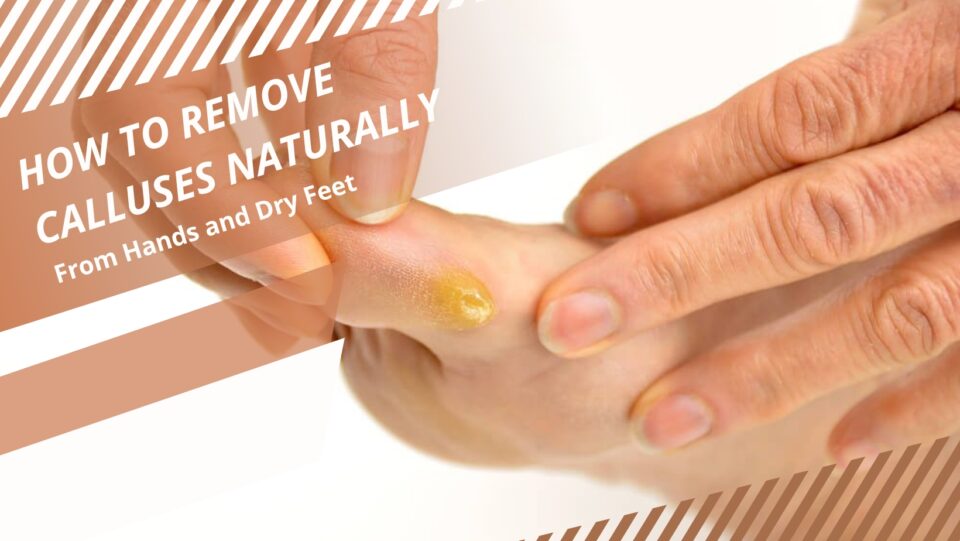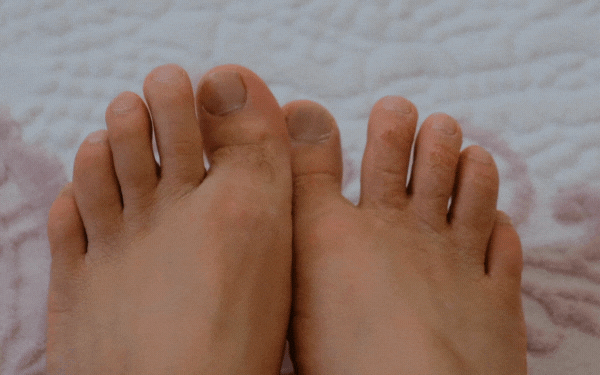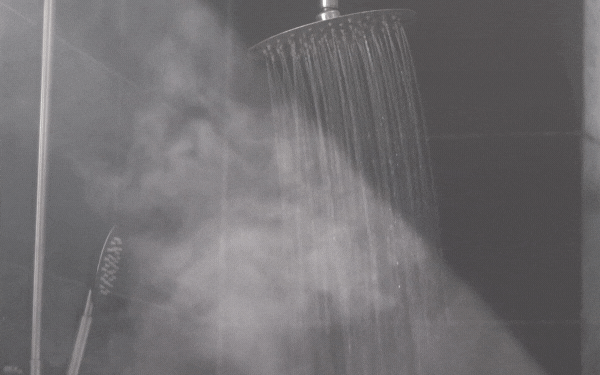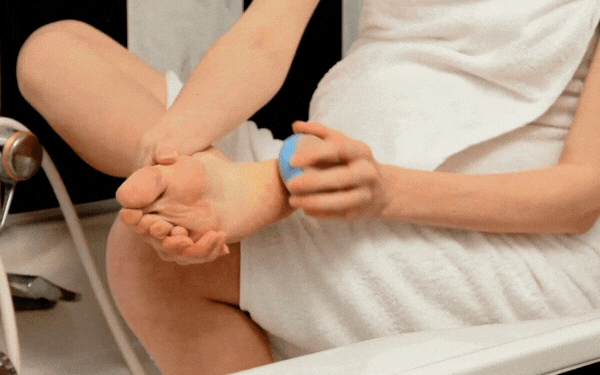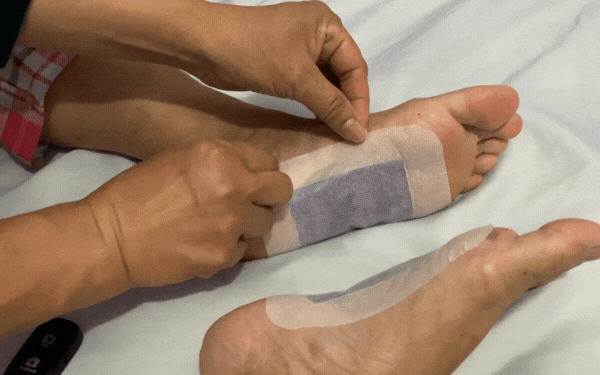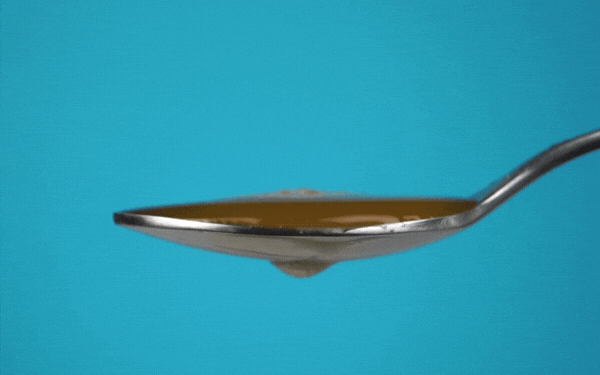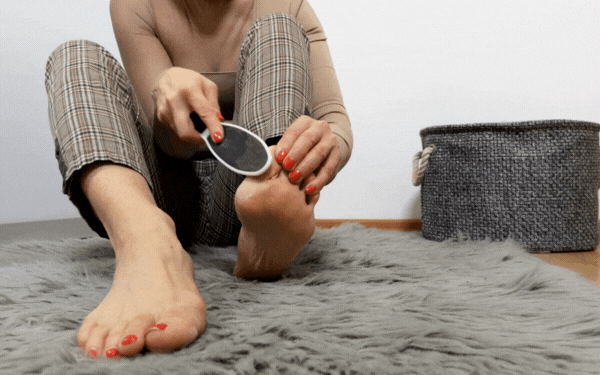If the rough and thick areas of skin, commonly known as calluses, are bothering you, we’re here to help you resolve the issue quickly! With the help of our guide, you can learn how to eliminate calluses naturally and painlessly at home. We’re here to offer you thorough explanations of how and why calluses form on your hands and feet, but that’s not all!
We provide you with 9 easy at-home treatments that can help heal the afflicted regions and provide some relief from any discomfort you may be feeling. You can forget about struggling to get rid of calluses and get to solving the problem right away! Let’s start by learning why calluses form in the first place.
Contents
Common Hand and Foot Callus Causes Explained
Calluses are formed when you apply repetitive pressure to a specific area of your skin. Additional layers of skin form over the afflicted region, resulting in a tougher, elevated bump. This is what your body does to shield your skin from being irritated or broken. Calluses are usually painless and can be formed on your heels, palms, toes, and knees.
They are commonly caused by wearing tight-fitting shoes, walking barefoot, playing instruments, and working with your hands. They also do not signal a medical emergency and usually do not have to be treated as such.
Since most of the calluses commonly form on hands and feet, you will likely want to get rid of them as soon as possible. They can often cause pain and look bad, so fixing this issue is important for many. Luckily, there are several natural solutions you may attempt at home to get rid of calluses if you don’t like having them any longer than you must and want to get rid of them.
Firstly, take a look at the table below to find out what the most common causes for these pesky calluses are, and then proceed to learn about the 9 neat ways to get rid of them:
| Hand Callus Causes | Feet Callus Causes |
|
|
Top 9 Ways To Remove Calluses Naturally From Hands and Dry Feet
Now that you’re familiar with the most common causes behind a callus, it is time to learn how to get rid of it. Avoid using sharp items to remove or minimize a callus. This can cause skin damage, bleeding, and infection. Instead, take a look at the list below to find the proper ways to get rid of the annoying calluses:
1. Warm Water
Before you do anything further, you should bathe the calloused region in warm water for 20 minutes. Once you are finished towel-drying your skin, try gently rubbing a portion of the callus away with your finger. You may be able to eliminate the callus one individual layer at a time over the span of several soaking sessions. The American Academy of Dermatology recommends a simple warm-water bath as the first treatment.
2. Epsom Salt
In preparation for further treatments, such as physical exfoliation with a pumice stone, Epsom salts can help soften calluses. Try bathing the afflicted skin in a warm bath or basin with a handful of Epsom salts for 10 minutes. Epsom salts are available at most pharmacies.
They’re also available to buy online. They are used as an excellent exfoliant, and this treatment is especially beneficial if you’re attempting to relax after working with your hands while also removing a callus. The tiny salt grains dissolve, relaxing your muscles and soothing your skin.
3. Pumice Stone
Whether you have a callus on the soles of your feet or on your elbows, a pumice stone can be extremely useful. After completely soaking your callus, apply pressure to it with the pumice stone and rub it in a circular motion. Don’t try to remove the entire callus at once.
The objective is to massage the skin away with this cure over a few treatments. These stones function best when the skin has been previously softened. To do this, soak the calloused region in warm water for 5-10 minutes prior to using the stone. The addition of Epsom salts to the water could improve the effects.
4. Baking Soda
Baking soda paste can be used instead of commercial exfoliating lotions. To make one, combine 2 tablespoons of water and enough baking soda to make a paste, after which you should add a few drops of lime juice. Cover calloused regions with socks, gloves, or a gauze bandage after applying the paste. Continue this procedure every night until the callus is gone.
Baking soda is something that most of us have in our cabinets, and if not, it can be easily purchased online. The fine granules of baking soda, together with the bubbly action of combining it with the lemon juice, may give this soak more callus-dissolving power.
5. Callus Pads
Callus pads made of felt, silicone, and a light adhesive can be put to the problematic region and placed underneath socks, shoes, gloves, or shirts to relieve pain. These pads will protect your callus from irritation as it heals. It is best to avoid medicated callus pads since they contain salicylic acid, which can irritate and break down your skin.
Using protective or padded gloves could also help protect calluses and enable them to heal over time if the callused region is on a person’s hands. Callus pads are available at most pharmacies as well as online.
6. Exfoliating Creams
Instead of physically exfoliating the skin, exfoliating creams or lotions can be used to remove dead skin cells. Salicylic acid, urea, or ammonium lactate are common components in callus treatment products. They may need to be used on a regular basis to stimulate the exfoliation of dead skin cells. The skin will soften with time, and the calluses may gradually become less visible.
Several exfoliating lotions promoted as callus remedies are available in drugstores and online. But, it is critical to read the labels first, as many products may include harsh substances that can cause skin irritation. A doctor, pharmacist, or podiatrist should be able to prescribe an appropriate cream or lotion.
7. Apple Cider Vinegar
The acid component of apple cider vinegar helps ease callus skin. Soak your callus in a mix of four parts water to one part apple cider vinegar for around 20 minutes. After you withdraw your skin from the soak, you may be able to peel a layer or two of the callus away more easily. Try not to pull too hard and don’t be impatient. An infection can occur if the skin surrounding or on top of the callus is broken.
8. Castor Oil
Castor oil contains characteristics that make it an excellent natural skin lubricant. This is useful for conditioning your skin to massage a callus off. Bathing your callus in warm water mixed with 5 tablespoons of castor oil should be enough to lubricate and soothe the afflicted region.
9. Foot File
Another tool for exfoliating is a foot file. A grate made of metal and a rubber or plastic grip is common features of a file. Before using a file, soften the calloused skin with warm water, as you would with pumice stones.
Many individuals use foot files in the shower or bath. After removing the callus, apply a moisturizer to keep the skin hydrated. Foot files are available at most pharmacies and can also be purchased online.
Conclusion
After you’ve treated your calluses, you might want to take precautions to prevent them from returning. Using work gloves may help you avoid acquiring calluses while working with your hands. Hydrating your hands on a regular basis can keep your skin hydrated and less prone to cracking and discomfort.
Think twice about going barefoot, and make absolutely sure your shoes fit properly and allow your skin to breathe. To prevent foot inflammation, maintain your toenails even and short. Another approach to keep your feet smooth and free of calluses is to wear cushioned socks and/or slippers around the home.

